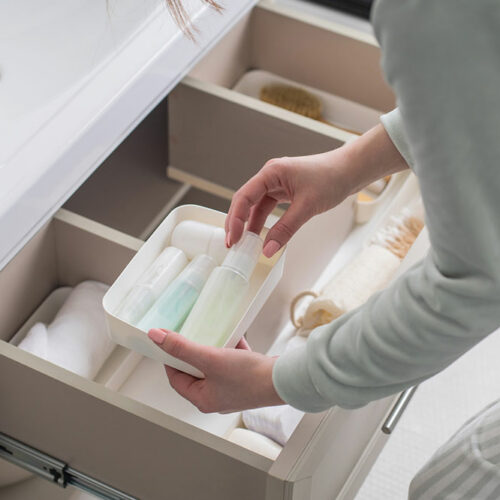9 common car maintenance mistakes and how to avoid them

A car is a significant investment, so it is important to ensure it functions properly for a long time. Timely repairs, servicing, and maintenance are a few ways to keep your car in good condition. However, car owners often miss out on certain aspects of maintenance, which can lead to repair jobs that can burn a hole in the wallet. To help avoid such scenarios, here are some common car maintenance mistakes to avoid. Trying to service your car without any expertise Car owners may be easily tempted to do maintenance work on their automobiles to save a few bucks. You may think the problem is relatively small, and you only need to look at a few videos online, get the tools, and solve the problem yourself. However, if you don’t have the required experience or expertise in car maintenance, it will result in problems in the long run. You will have to pay more than you wanted to save to reverse all the damage. Therefore, it is always best to check with a professional having the necessary equipment, tools, and expertise to service and repair your car correctly. Postponing the car wash Reasons ranging from sudden emergency appointments and personal commitments to errands often push back on the routine car wash you had planned.






